8F EmerAX / TracLine™ Intermediate Catheter Facilitates Left ICA In-Stent Restenosis Balloon Angioplasty
Surgeon's Profile

Ding Mao
Shandong University Second Hospital
- Medical PhD
- 2009-2014 Clinical Medicine, Qilu Medical College, Shandong University
- 2014-2019 Master and PhD Program in Neurology, Qilu Medical College, Shandong University
- From 2019 to present, Department of Neurology, Shandong University Second Hospital, engaged in cerebrovascular disease diagnosis and treatment, and cerebrovascular intervention related work
- Published a total of 8 SCI articles as the first author and corresponding author
- Participated in 5 national and provincial projects
Case Information
Chief complaint: Found unable to speak, right-sided limb weakness for 2.5 hours.
Present illness: On that day at 16:00, the patient was found unable to speak and had right-sided limb weakness by family members. The patient could open eyes upon being called, no obvious vomiting, no urinary or fecal incontinence. Family members immediately called 120 for emergency treatment. Physical examination in the emergency department showed right-sided limb muscle strength at grade 0, unable to speak. Cranial CT showed multiple lacunar infarctions, brain atrophy, suggestive of acute cerebral infarction. The patient was last known to be normal around 13:00, within the intravenous thrombolysis time window, with indications for intravenous thrombolysis and no absolute contraindications. The condition was explained to the family members. After family members signed the consent form, the patient received alteplase thrombolysis (17:37 alteplase 7.2 mg intravenous push, followed by 64.8 mg intravenous infusion). After thrombolysis, there was no significant improvement in muscle strength. After bridging arterial thrombectomy treatment was explained to family members, they signed the consent form for emergency cerebral angiography for arterial thrombectomy.
Past medical history: Had left internal carotid artery stenting 6 years ago; history of diabetes for more than 10 years, usually controlled with subcutaneous injection of Mixtard 30/70 and oral metformin; history of hyperuricemia, renal insufficiency, usually taking febuxostat, benzbromarone capsules, compound ammonium chloride tablets, furosemide, spironolactone.
Physical examination: NIHSS score 15, GCS score 7 (2+2+3), comatose, unable to cooperate during body examination, eyes deviated to the right, present light reflex, low muscle tone, unable to cooperate during muscle strength examination, slight flexion of limbs seen with painful stimuli, positive Babinski sign on the right side, other parts of the examination were unable to cooperate .
Diagnosis
- Acute ischemic stroke
- Post left internal carotid artery stenting
- Type 2 diabetes mellitus
- Hyperuricemia
- Renal insufficiency
Treatment Process (AIS Case)
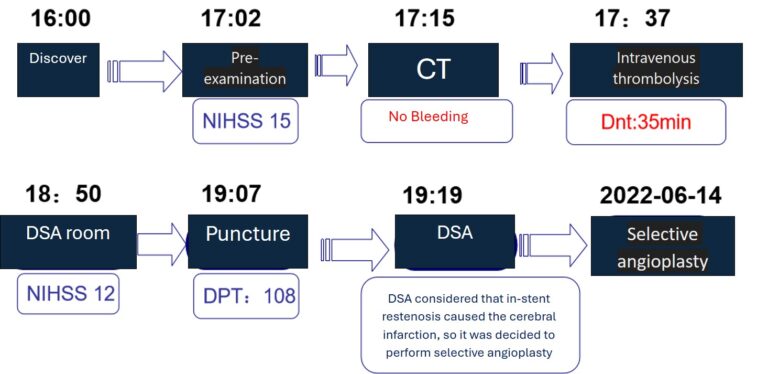
Preoperative Imaging
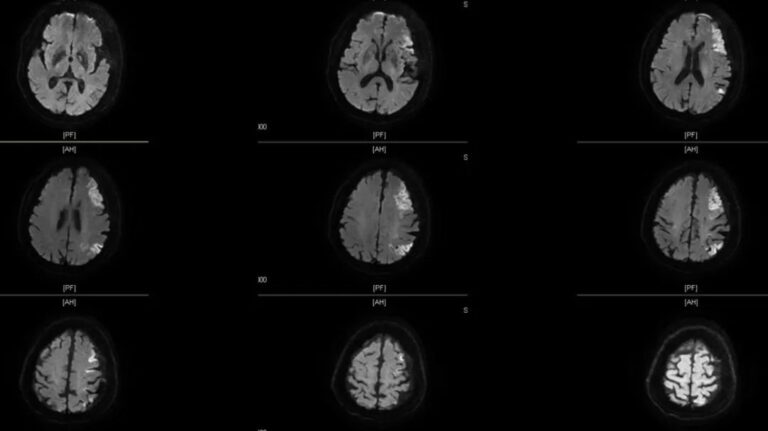

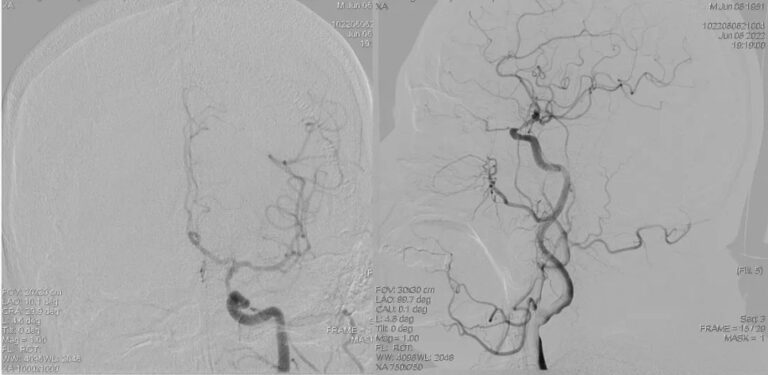
Surgical Procedure
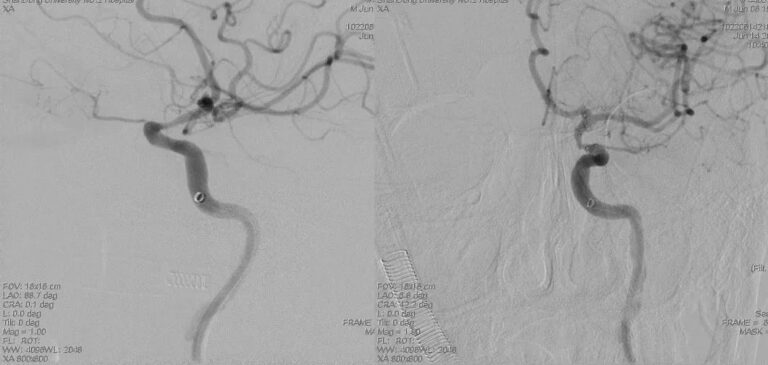
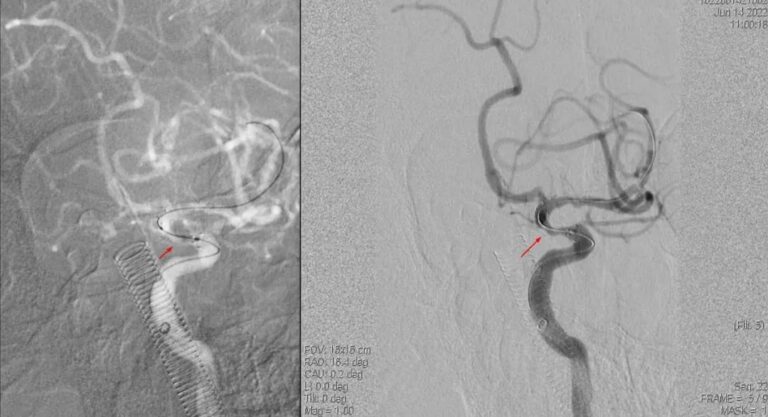
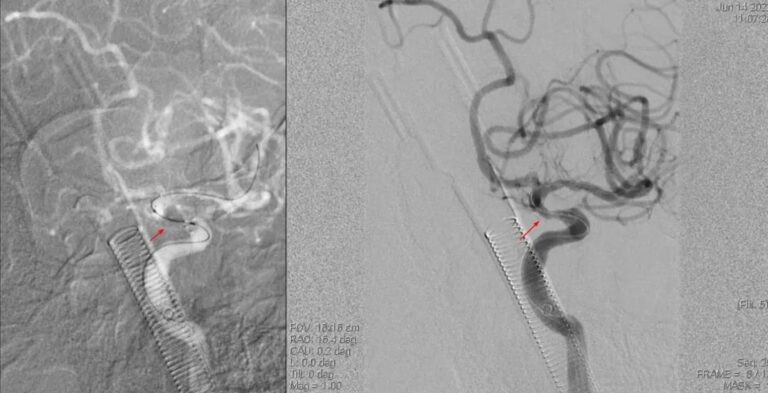
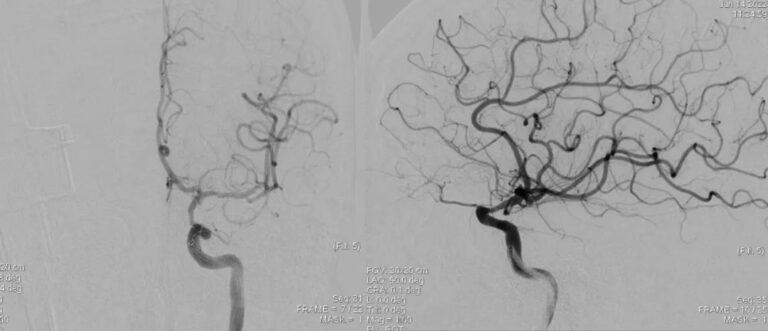
Postoperative Imaging

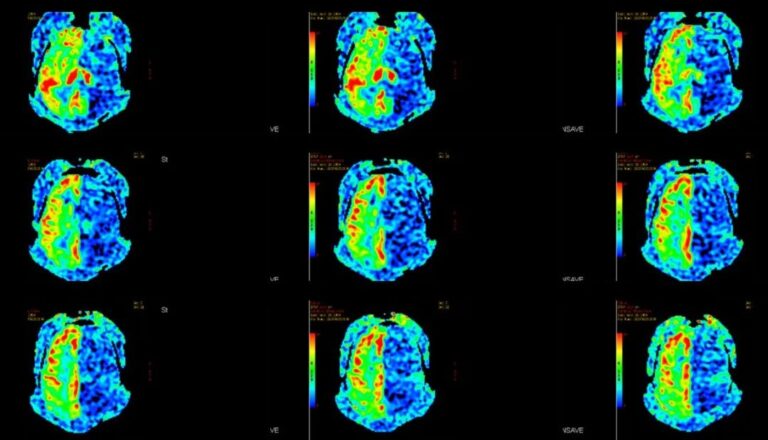
Postoperative Follow Up
- The patient is conscious with slightly unclear speech and slightly delayed responses.
- Muscle strength in the right limbs is at level V-.
- No other significant positive signs were noted on neurological examination.
Case Summary
◐ Case Characteristics:
The patient presented with acute onset symptoms, and post-thrombolysis bridging DSA revealed severe stenosis at the proximal end of the left internal carotid artery stent.
◐ Preoperative Assessment Key Points:
Complete blood count, liver and kidney function tests, biochemistry, cardiac function evaluation, cranial MRI (DWI/ASL/SWI).
◐ Surgical Technique Key Points:
The main technical challenge of the stent restenosis balloon dilatation procedure is to locate and confirm the true lumen of the vessel. The HeMo TracLine™ LDP 8F intermediate catheter has the advantage of high-positioning, can be advanced to the C3 segment of the internal carotid artery, provides good support for the guidewire, can save intraoperative consumables, and is safe in the restenosis balloon dilatation procedure.
Surgical Guidance

Lu Wei
Shandong University Second Hospital
- Doctor of Medicine, Associate Chief Physician, currently serving as the head of the Neurology Interventional Group at the Second Hospital of Shandong University.
- Deputy Director of the Neurointerventional Branch of the Shandong Province Association for Prevention and Treatment of Cerebrovascular Diseases.
- Standing Committee Member of the Neurointerventional Professional Committee of the Shandong Medical Association.
- Standing Committee Member of the Neurology Interventional Physicians Branch of the Shandong Medical Association.
- Standing Committee Member of the Neurointerventional Branch of the Shandong Stroke Society.
- Committee Member of the Medical Appraisal Branch of the Shandong Medical Association.
Product
The TracLine™ intermediate catheter boasts several advantages:
1. The 8F TracLine™, as an LDP (Large Lumen Distal Pathway) platform, exhibits excellent navigability, enabling passage through complex anatomical structures to reach the cavernous sinus or beyond.
2. The unique large bore tip design of the 8F TracLine™ provides a larger surface area for thrombus contact, enhancing thrombus aspiration efficiency in the internal carotid artery.
3. With a large inner lumen of 0.088″, it is compatible with multiple instruments, allowing for more options during bleeding and ischemic surgeries.
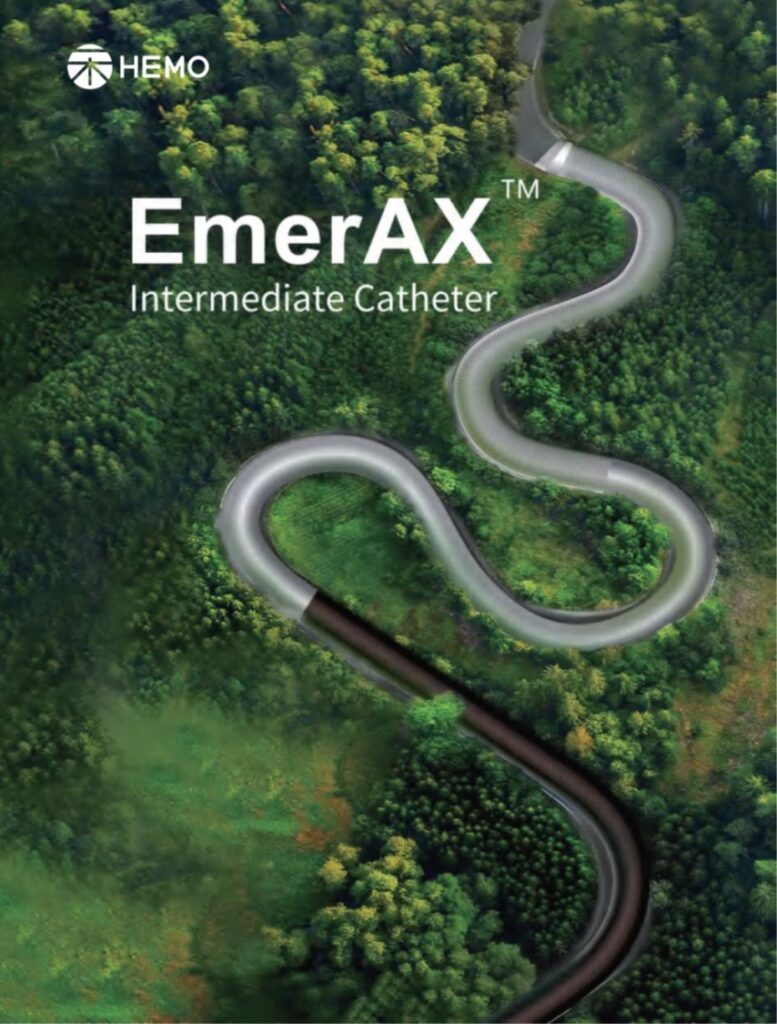

In July 2021, HeMo Corporation officially released the FocuStar™ intracranial balloon dilation catheter. This rapid exchange (Rx) product offers the following advantages:
1. It has a smaller outer diameter for improved navigability, coupled with a special hydrophilic coating to reduce friction, resulting in excellent product passage.
2. With a nominal pressure of 4 atm, it ensures effective dilation while minimizing the potential risk of vascular damage.


